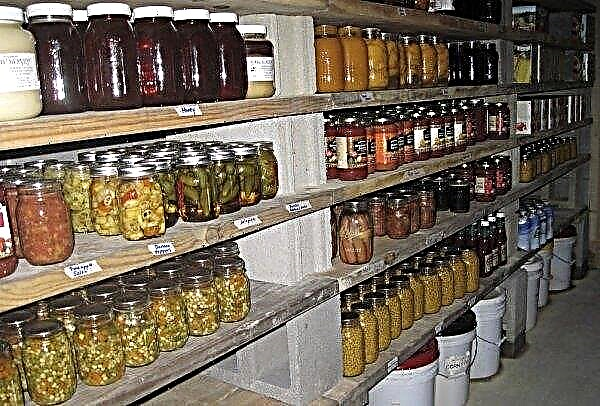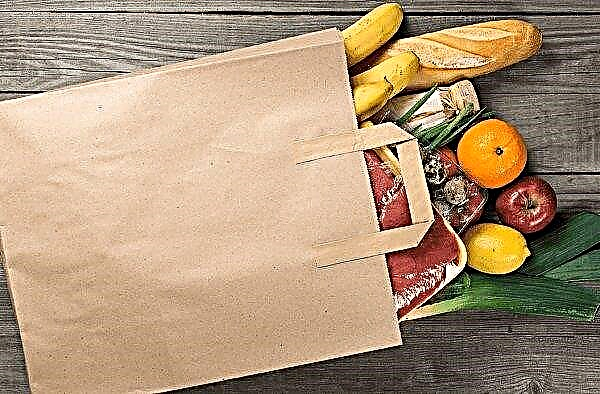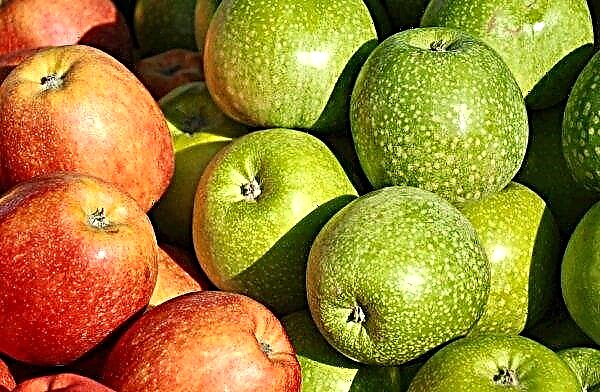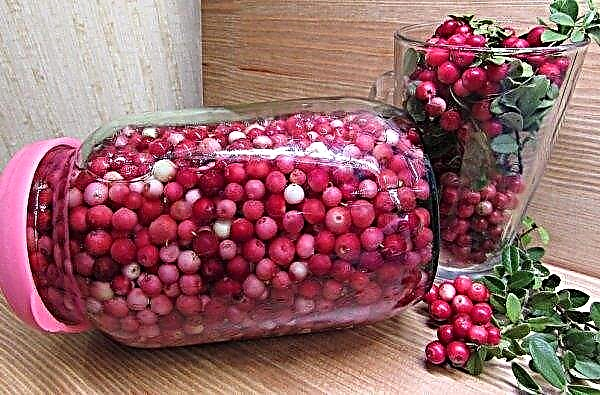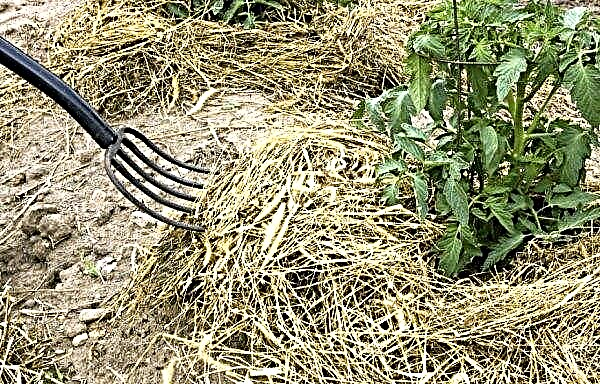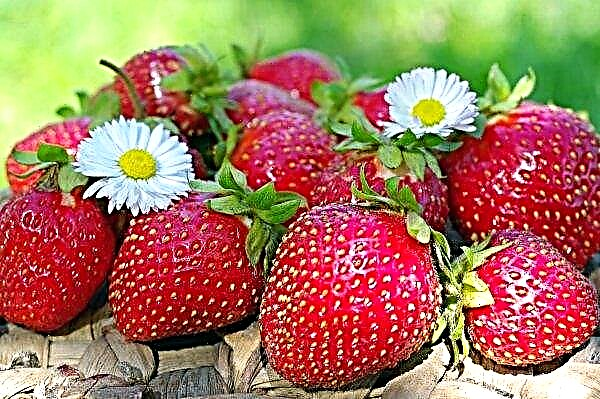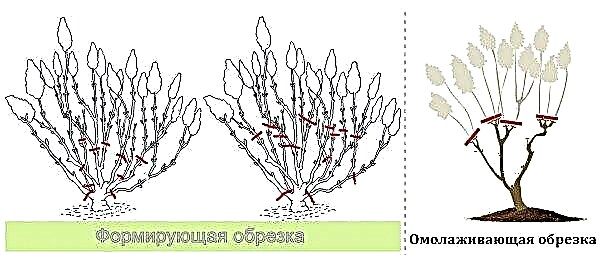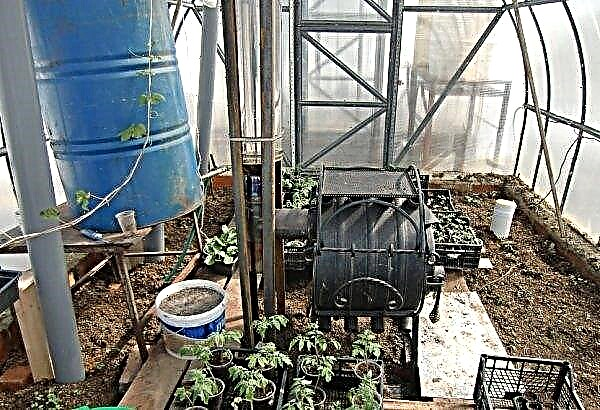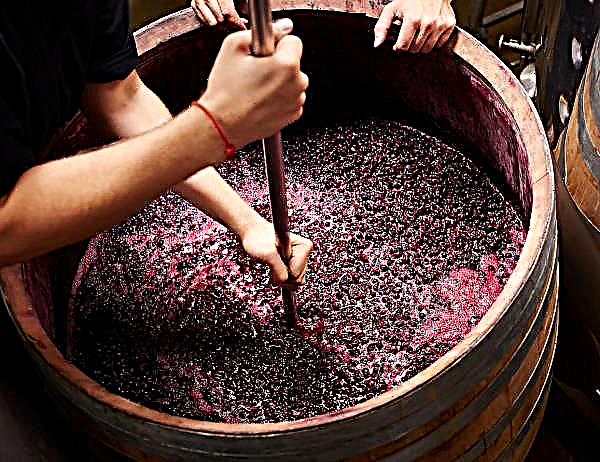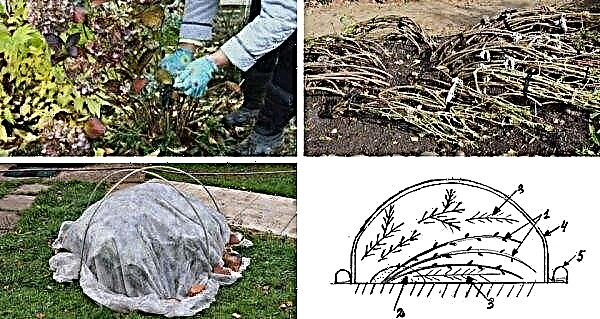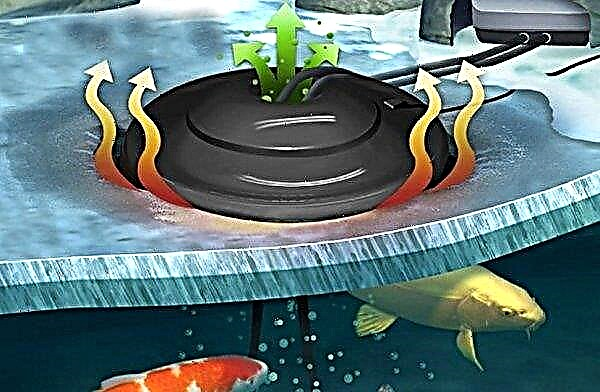Jam from black grapes for the winter is one of the most popular preparations; let it be boiled a little less often than similar products from cherry fruits or any other fruit trees. With the right choice of the main component and a competent approach to the selection of the remaining ingredients, you have every chance to provide your family with a supply of vitamins for the entire winter season. What is the best way to choose this and what you should know about the features of the choice of products or the further storage of finished blanks - read on.
Selection and pre-preparation of ingredients
The main requirement in preparing for the preservation of a sweet treat is the selection of a suitable variety of dark grapes that can maximize the taste of the finished product. For example, if you are interested in seedless options, then you should give preference to the Kishmish variety, and if this requirement is not fundamental, any other variety of ripe culture will do. Of course, you need to buy only healthy and elastic berries, without signs of withering or the spread of diseases.
Did you know? A large number of useful components of grapes makes it an excellent aid in the fight against various ailments. In medicine, there is even a special term “ampelotherapy”, which provides for the treatment of grapes, not only with berries, but also with leaves or even a vine of a plant.
In addition, when buying grapes, be sure to try it for sweetness: the higher it is, the less sugar you will have to spend in the process of making jam. This also applies to the choice of apples, since in most cases sweet mid-season varieties like sweet Antonovka would be the most successful option. Characteristics of sugar, lemon, orange or other minor ingredients should also meet all quality requirements so as not to spoil the final taste of jam.
Black grape jam recipes
The classic simple recipe for creating a sweet preparation of dark grapes involves the use of only berries of this culture, but if this solution does not seem very interesting to you, then you can use other recipes based on apples, lemon or orange juice. Each of them deserves special attention, so it’s worth considering everything.
Classic Jam Recipe

700 g 3,5 hours
Energy value per 100 g:
- Prepare the grapes by washing it well under running water and removing all the berries from the twigs.
- Remove the spoiled specimens, and remove the skin from healthy grapes (some of the berries may be crushed, but this is not scary).
- Put the peeled fruits in a steamed clean pan, cover and boil for 5 minutes over medium heat, counting the time from the moment the grapes boil.
- Transfer the finished mixture of berries to a fine sieve and wipe through it, trying to separate the pulp from the seeds (the latter can be immediately discarded).
- In the resulting substance, add previously removed skins and boil everything again over low heat for 3-4 minutes.
- Pour the sugar into another pan and melt it over low heat, achieving a uniform caramel.
- Combine the prepared grape mixture with melted sugar and boil for a few more minutes, constantly stirring the sweet mass so that it does not burn.
- The preparedness of the jam can be determined using the standard test: if a drop of the mixture that has fallen on the saucer does not spread, it's time to remove the workpiece from the fire and pour it into clean, dry jars.

Important! Clogging cans with metal lids is possible only after the jam cools down a bit.
Jam with whole berries
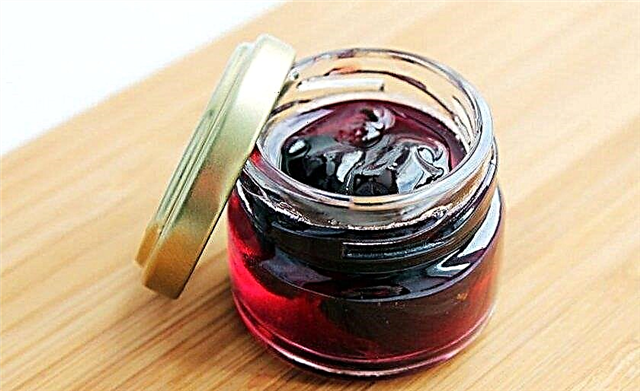
3 kg 1 hour
Energy value per 100 g:
- Rinse the grape berries, separate them from the bunch and remove any damaged or wrinkled specimens.
- After mixing water with sugar, boil the syrup.
- Peeled grapes in boiling water for a few minutes, and then sharply move to cold water, for which it is convenient to use a colander with small holes.
- Pour the berries into the syrup and leave in it for 8 hours, and then put the pan on the stove and boil the mixture for another 15 minutes.
- Cool the future jam and leave to brew for 8 hours.
- After the specified time, add a few drops of lemon juice, vanillin.
- Then heat the mixture a little over low heat and pour it into the cans already hot, having previously sterilized them together with the lids.
- Roll up the jars in the usual way, turn them upside down, cover them with a warm towel and leave this to cool completely. It is possible to transfer the workpiece to a permanent storage place only after it returns to room temperature (it is advisable to keep the jars in the kitchen for another 12 hours).

Important! With sharp temperature changes in the room, all the lids on the banks can explode, and the glass of the containers can crack.
Five-minute grape-apple jam

4 kg1.5 hours
- Wash the prepared fruits and berries well (in a bunch).
- Separate the grapes from the stalks and select only suitable elastic specimens.
- Cut apples into small slices and transfer them to the grapes, carefully mixing the ingredients together.
- Divide the resulting mixture into 4 equal parts and put the first one in an enameled bowl, sprinkling a little sugar on top.
- On top of the first layer, lay out the second part of the mixture, again sprinkle everything with sugar, continuing to perform the indicated action until the apples and grapes are over (the final result is 4 layers).
- Set the prepared workpiece aside, waiting for a plentiful appearance of juice (usually it takes about an hour).
- As soon as there is a sufficient amount of liquid in the container with the berry-fruit mixture, move the pan to the gas and after thoroughly mixing all the ingredients of the mixture, bring the mass to a boil (over medium heat, stirring constantly).
- Boil the jam for another 5 minutes, then pour it into sterilized jars and, having rolled up the lids, turn the containers upside down, warming with a towel on top.

Seedless grape jam

3 kg2 hours
grapes (ideally succulent)
2 kg
cinnamon thyme
1 pinch
Energy value per 100 g:
- Take an enameled pan, pour water into it, add honey, the juice of two lemons and all the prepared spices.
- Stir the ingredients and place on the stove, bringing the syrup to a boil.
- As soon as the liquid boils, remove the container from the fire and let its contents cool.
- While the syrup is cooling, sort, rinse and dry the grape fruit.
- Pierce each berry with a thin needle so that they do not lose their shape during the cooking process.
- Pour the grapes into a cooled, but still slightly warm syrup and heat again over low heat, but without bringing the jam to a boil.
- Remove the hot treat from the stove, cool the mixture and repeat the performed action 2-3 more times (grapes do not need to be cooked strongly).
- After the last warm-up, leave the jam in the pan for a day, and then bring the dessert to a boil for the last time and pour it over the sterilized jars, rolling them with lids.

Did you know? Grape bushes are classified as long-lived plants that can actively bear fruit for 100 years (sometimes more). Moreover, the older the plant becomes, the greater the yield it brings.
Grape jam

2.7 kg 1.5 hours
lemon zest
from one fruit
Energy value per 100 g:
- Sort, wash and dry the grapes to get clean, whole and dense grape fruits.
- Pour the grapes into an enameled pan of a suitable size, pour a little water and heat well, but at the same time not allowing the mixture to boil (this will take about 10 minutes).
- Softened fruits, cool well and grind through a fine sieve, thereby separating the flesh from the seeds.
- In the resulting puree, add orange juice, lemon zest and sugar, stirring all the ingredients well.
- Return the pan to the fire and, stirring slowly, heat again well, but this time bringing the composition to a boil.
- As soon as this happens, turn down the heat and let the jam simmer on the stove for 40 minutes, periodically removing the emerging foam.
- Pour the finished product into steamed jars and, having closed the lids, cool in room conditions so that the jam acquires the required consistency.

Rules and features of storage of the workpiece
Canned preserves can be successfully stored for several years, but for this, all cans with a workpiece should be placed only in a cool room, refrigerator or basement with low humidity. True, the careful handling of containers plays an equally important role, so if at the preparatory stage you did not pay due attention to the sterilization of cans and lids, then you should not count on the long-term preservation of the jam located in them.
The ideal storage temperature is from + 3 ° C to + 10 ° C, but in extreme cases slight deviations from the recommended values are possible. As you can see, grape jam can be prepared in several ways at once, and in order to make it tasty and healthy, it is important to adhere to the requirements of a specific recipe without changing the number of ingredients and without disrupting the sequence of all actions.

